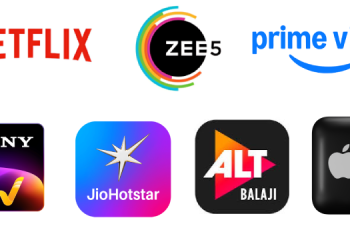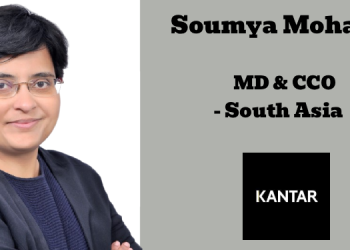It has been twenty years since private FM radio players came into existence in India. Quite late compared to most other countries in the world. Though people here lapped up the medium and showered it with instant love and more. RJs could establish an emotional connect and capture the hearts of people in their respective cities / towns and were increasingly looked at as FPGs (Friend-Philosopher-Guides).
Four years later, when a more reasonable and viable licensing arrangement was worked out, the industry saw phenomenal growth for the next 12 years or so till the pandemic struck, slowing down the enviable run. An effective combo of resilience and innovation has since helped FM radio make an impressive comeback. Now, what next?
Goes without saying, in this highly competitive media world increasingly dominated by digital, making the FM radio and allied business future-proof should be the topmost objective. This in turn means cutting-edge changes need to happen to ensure substantial progress. Some of these are within the control of radio players and quite a few are at the hands of policymakers for this impactful but unassuming medium.
Things policymakers can do
Now that the growth potential through geographical expansion has been well exploited, the next phase of exponential growth can only be fuelled through opening up of newer genres viz. news & current affairs, live sports, etc. while simultaneously allowing radio players to add more channels in existing cities at a market-friendly cost.
Coincidentally , the other major stimulus policymakers can possibly give to radio, that is allowing and facilitating digital broadcasting, is also synergistically linked to permitting new genres as mentioned above. Since digital broadcasting enables radio players to operate multiple channels from a single frequency, both ideas become more viable for the industry if they are actioned together. The demand for and popularity of radio with listeners and advertisers alike will go up as this will also address the issue of more content differentiation. After all, across the developed world the hybrid model involving both analogue and digtal formats is thriving already and these steps will help the industry here to catch up with others.
Things radio players can do
Now let me bring into focus what the immediate steps radio players can try and take to make more rapid progress. In a world where marketers are under never-seen-before pressure in terms of achieving bang-for-the-buck, accountability and transparency, arriving at a more acceptable measurement currency would surely propel the spends on the medium. An initiative on the lines of Radio Advertising Bureau (RAB) to evangelise the medium is imperative now more than ever before. It can also help provide more customised and creative audio solutions. Radio players should build on their efforts to be in sync with new, emerging media options so that 360-degree solutions can be provided to advertisers and consumers.
Otherwise, radio players in India have done a commendable job when it comes to handling all types of content responsibly with high-calibre creativity and credibility, going beyond mere entertainment particularly at times of crisis. They have also been very proactive on synergistic innovations when it comes to combined offerings on multiple digital platforms like social media, podcasting, virtual events and BTL initiatives like music concerts, festival events, in-store audio, award functions, CSR initiatives, movie promotions, studio shifts and sports-related initiatives.
Policymakers can potentially do more to help radio catch up with international standards, ensure it is future proof in terms of technology and achieve exponential growth in our country’s competitive media landscape. At the same time, radio players can surely add more value to further strengthen their medium.
After all, it takes two to tango!
(The author is COO & Director, Red FM network.)

















